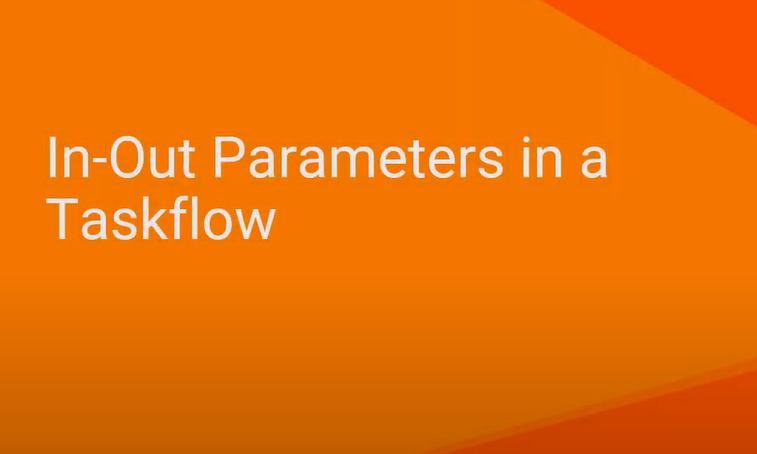“Never share your OTP”, we have heard this a lot of times and we do follow the rule very strictly, but do you know what other mistakes can make you a victim of any financial scam? Please go through this blog for real-life deceit that happened and what measures can be taken to avoid the same.
There is no doubt that digital media have made our lives easier. But as Johan Cruyff once said: “Every advantage has its disadvantage”. The same is the case with the increased use of the Unified Payment Interface (UPI). In the past few years, there have been a lot of cases regarding UPI scams and frauds. With more and more people turning towards online payment modes, the pool of prey has become large for scammers.
In March 2023, Mumbai, India witnessed a viral KYC Scam which made 81 users lose around Rs 1 crore.
Many have fallen into the trap of requesting money or paying a minimal amount to receive a huge sum scam on various e-commerce platforms.
Real-life deceit
One of my close friends encountered a scam in 2019, where the fraudsters pretended to refund the money for her returned item on Amazon. They told her as she paid via UPI so she will receive the money through the same and asked her to forward a message she received. As she was in a hurry to the office and the message was kind of alphanumeric gibberish, she did not realize that it could be one form of her mobile unique identity and forwarded it immediately while the fraudsters were still on call.
After forwarding they asked her to open her UPI account via her fingerprint and verify, this was the moment when she realized something is wrong and disconnected the call. But unfortunately, by that time her 82k was stolen in small amounts of 5k transactions to various accounts within a few minutes. She did not even get time to call the bank and block the account, they were too quick.
We reported the case to the cybercrime station the same day and sent out a mail to RBI.
By using the alphanumeric identifier, she sent by mistake, they registered a new UPI with her number to another bank, set their own UPI pin, and made all transactions within minutes to various accounts. While the police investigated the scenario they informed as she shared the identifier and the transactions happened via a valid registered UPI, RBI could not help in the case.
I shared this story to make you all aware of this side of online deceits. Scammers are using time pressure, and psychological /social pressure to convince the user to do such transactions. Above was an example of the time pressure.
While we are enjoying the service of instant and quick money transfer, it’s necessary that we take a few measures and not fall for such situations:
Set UPI payment limit:
Set a UPI payment limit for daily transactions. If in case, you fall victim to any case at least this limit will never be crossed. In case of huge transactions change the limit and set it back to its original limit immediately.
Recieving money don’t require UPI pin:
The golden rule of receiving money via UPI is that it requires no pin. Remember that if money has to be credited to your bank account, you will NEVER be asked for a PIN.
Don’t share the following:
Never share your UPI Pin/ OTP and any unique(alphanumeric) looking messages with anyone.
Money request scams:
There may be situations wherein you’d come across an individual who may ask you to click on a link to make/receive a payment. While you believe the person to be true, you should never follow their instructions. Many fraudsters send “request money” links to users, clicking on which, instead of receiving money, the amount gets deducted from your account.
Don’t follow random links:
You may often receive messages asking you to claim rewards or cash. Never make any transaction through such random links or websites. It is a way used by fraudsters to collect your UPI PIN and to withdraw money from your bank account immediately. Before making any payment, always check the UPI link and the account holder’s name.
Deceiving UPI handles:
Fraudsters create many fake UPI handles containing the terms such as NPCI, BHIM, or the like for users to trust them and use them. Looking at such government/bank-associated terms, users find such pages/social media handles authentic and reveal their account details through a fake UPI.
Although Google Play Store and Apple App Store contribute to their maximum in removing duplicate and false apps from their platforms, you may still come across an application or two that’s unverified. Therefore, it is recommended that you download only trusted, verified applications on your mobile phone. Also, before downloading any app, you must verify the name, developer, registered website and email address of the application properly.
Notice spam warnings:
If you receive a request from an unknown account, you are likely to get a spam warning from the UPI app. Be careful of the option you are selecting, i.e. either ‘Pay’ or ‘Decline’. Please decline a request if you suspect fraud. Don’t be misled into thinking that you will receive funds if you click on the ‘Pay’ option.
Inform Bank:
Contact your bank immediately if you encounter any fraudulent activity and keep RBI in the loop too.
Use Secure Wi-Fi:
Always connect your phone/laptop to secure Wi-Fi connections.
Identify fake calls/sellers/buyers :
Avoid all fake calls and fake sellers, verify thoroughly before sending or receiving money. Avoid using scanner info by them if in doubt.
To conclude Read UPI-related RBI guidelines carefully and be mindful while doing any transactions. Please don’t fall into the time and social pressure. Take your own time and be vigilant while sharing any sensitive information.





Leave A Comment